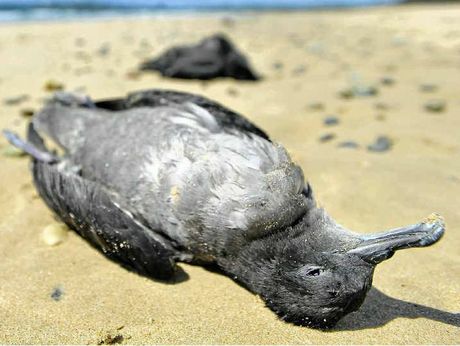OF THE
TIMES
The course of life and labour reminds me of a long journey I once took on the railway. Suddenly, there was a breakdown ahead, and passengers took the event in various ways. Some of them sat still resignedly, and never said a word. Others again, went to sleep. But some of us leaped out of that train, and ran on ahead to clear the road of all obstructions.
Sea water is an electrolyte ... yet no mention of any measurements of electromagnetism. Just 'wind', undefined. Jet streams contain protons and...
I am reminded of this article from the Unz review, also posted on SOTT. Possibly neglected by some readers. The Gaza Genocide as Explicit Policy:...
I had thought the more appropriate reaction for Iran would be to pick an Israeli Embassy in a nice city - say, Paris - and ... But that would have...
Jon Rappoport brings up a number of good points here Was the Iran attack orchestrated by amateurs? [Link] Sounds like an agreed upon Clown Show!
33 in a news story again.
To submit an article for publication, see our Submission Guidelines
Reader comments do not necessarily reflect the views of the volunteers, editors, and directors of SOTT.net or the Quantum Future Group.
Some icons on this site were created by: Afterglow, Aha-Soft, AntialiasFactory, artdesigner.lv, Artura, DailyOverview, Everaldo, GraphicsFuel, IconFactory, Iconka, IconShock, Icons-Land, i-love-icons, KDE-look.org, Klukeart, mugenb16, Map Icons Collection, PetshopBoxStudio, VisualPharm, wbeiruti, WebIconset
Powered by PikaJS 🐁 and In·Site
Original content © 2002-2024 by Sott.net/Signs of the Times. See: FAIR USE NOTICE

Not long ago, a yachtsman from Australia reported on his journey into the Pacific Ocean; and was flabbergasted at the lack of life in the ocean. No fish to catch, and vast amounts of debris from the Fukushima disaster.
I hate to say it, but it sure seems to me the Pacific Ocean is dying, thanks to all the radiation being introduced from Fukushima. The food chain is broken. Whales and other sea mammals congregating in huge numbers on US western shore regions are also telling.
There is an elephant in the living room folks that MSM is failing to report.
The lack of reporting and severe lack from international efforts to clean up the Fukushima mess, or at least to stifle its contamination of the Pacific Ocean is appalling.
Is there a deliberate effort to not report? Is it a method to some elitists madness to bring about a major population reduction?
For me it is pretty obvious, it is the radiation killing off the fish these birds feed on, or rely on to scare up the smaller fish they feed on. It was confirmed by the Australian yachtsman and his blog about how dead the Pacific Ocean has become.
Pravdaseeker